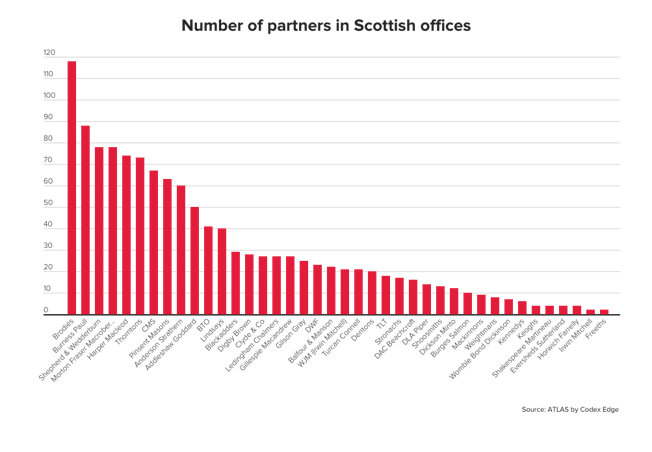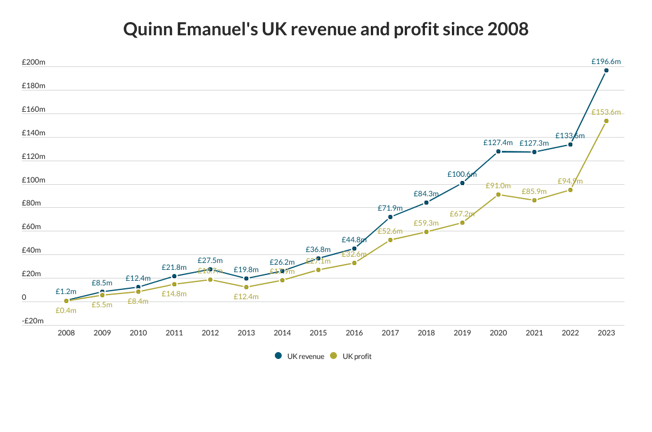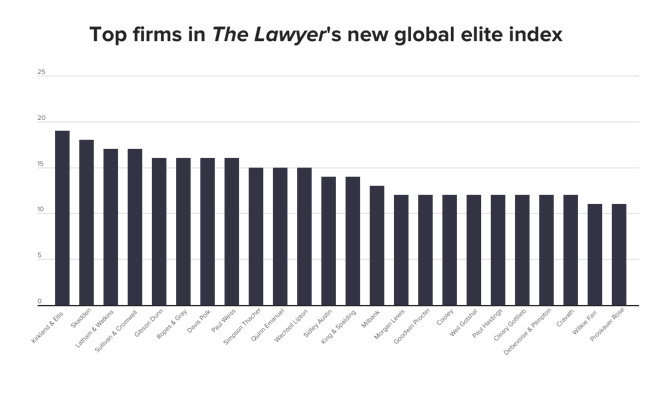What have Herbert Smith, Landwell, Keoghs and DLA got in common? An elite bunch of equity partners, for a start. Each enjoys a giant leverage ratio that puts US firms in the shade.
The old wisdom is that leverage ratio – the number of lawyers to each equity partner – virtually guarantees a superior net income for partners. As a benchmark, that now looks pretty crude. Beware: gearing does not immediately translate into high profits. Out of the top 100, the most highly geared firms include Addleshaws, Stephenson Harwood and Osborne Clarke. Are they the most profitable? Take a wild guess.
Ten years ago you would have expected an average ratio of 3:1; even 4:1 would have seemed perilously aggressive. But increasing commoditisation calls for more bodies, and law firms now have to get smarter about how and where they extract profit. Yet high gearing is not necessarily the way forward.
Leverage begs more questions than it answers. For example, who would have thought that national firms – the ones that noisily insist on partner-led service – would have such high gearing? It’s not all about their volume businesses either – our figures are based on qualified lawyers, and does not include other fee-earners such as paralegals.
On paper, the US firms in London seem to be getting it right at the moment, managing to make massive profits per partner on much lower ratios. You might assume Shearman & Sterling, for example, would have hordes of lawyers toiling away, but its leverage, at 4.5:1, is considerably less than Herbert Smith, at 6.8:1.
For the larger City firms, any discussion of gearing should, therefore, be separate from profitability. Different practice areas require different ratios, for a start. And keeping the equity tight isn’t always going to be the answer; the smarter firms know that profitability is dependent on productivity and costs. (You can make the comparisons yourselves in the detailed tables in this year’s The Lawyer 100, with this week’s issue.)
The leverage ratio is best taken as a cultural, rather than an economic, indicator. Assistants should be particularly interested in gearing, if only to get some clues on the statistical likelihood of making equity partner. And if partners want high leverage to enhance their profit take, let’s hope they’re taking a crash course in expectation management. They’re going to have to get good at mollifying assistants who feel the prize of equity partnership is increasingly out of reach.
catrin.griffiths@thelawyer.com






























